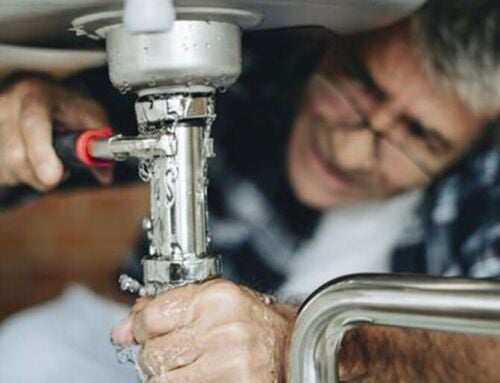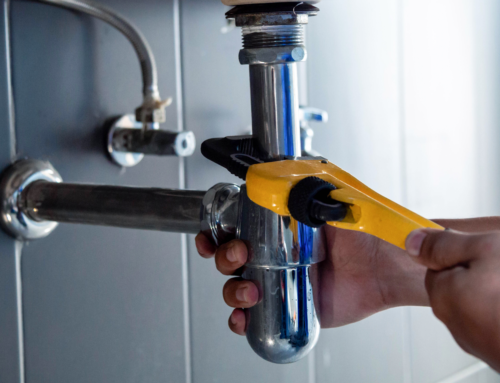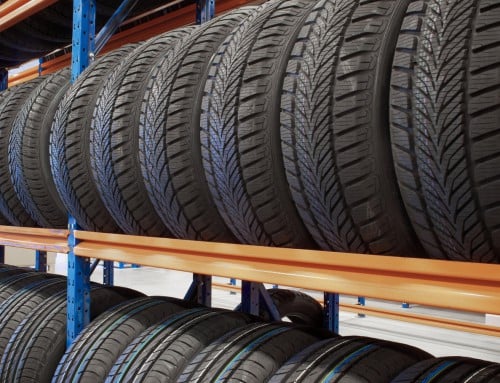The restart of a facility after an extended shutdown or outage can be complex. In addition to restoration of normal business operations, restart of facility operations may be complicated by the conditions that caused, or have arisen during, the extended idle period.
A facility that was shut down with little notice and little physical preparation, or has been shut down for an extended period, may require extensive work to restore operating condition. Time, cold or hot weather, humidity and lack of maintenance during idle periods can lead to equipment degradation or failure. Depending on the length of the closure, staffing turnover may require a review of security systems and operating procedures.
This serves as a guide to ensure facility restart planning is conducted with awareness of hazards that may have arisen during the shutdown period. No document can anticipate all possible changes; modifications in supply chain, production processes, and even changes in operating regulations could introduce new complexities and hazards.
Building Security and Services
Housekeeping
- Remove any accumulated garbage or combustibles from around the premises.
- Remove all temporary signage that was erected during the shutdown.
- Ensure doors, passageways and emergency exits are free of obstructions.
- Inspect roof drains and gutters for any accumulation of debris and clear out as necessary.
- Flush hot and cold-water pipes before using as this will minimize the risk of spreading harmful bacteria from the water. Place an emphasis on areas with low or no typical water flow, such as safety showers and eye wash stations.
Security
- Inspect the premises for damage that may have occurred during the shutdown from sources such as break-ins or vandalism.
- Inspect and replace any faulty security lighting.
- Notify police and fire departments of the resumption of business operations.
- Test alarm systems and notify the alarm company of the resumption of business operations.
- Inspect doors, windows, locks and latches for any tampering or damage. Re-key locks if there has been any staff turnover and validate all electronic pass-card holders, updating access as needed.
- Change combinations to locks and safes if there has been staff turnover.
- Review or implement cyber security protocols to protect data, including cyber risk awareness education with all staff. Update all passwords to electronic systems.
Electrical Power and Equipment
- Consider conducting a thermographic scan of critical electrical equipment if one has not been done within the past three years.
- Test all protective relays and circuit breaker trip devices before restoring power.
- Inspect and test all Uninterruptible Power Supply (UPS) systems.
- Remove any combustibles stored within the electrical rooms.
Steam, HVAC and Refrigeration
- Ensure fuel system combustion safeguards, low water fuel cut-off switches and pressure relief valves have been maintained during the shutdown period. Have any required maintenance completed by qualified personnel as necessary.
- Ensure backup power systems are tested and verified as operational.
- Verify diesel-fueled backup power system fuel tanks are full and refuel as necessary. Verify the oil and coolant levels as well.
- Inspect idled HVAC and refrigeration equipment for any mould. Clean the equipment and replace filters as necessary. Company’s should also inspect and clean any duct systems in the facility. Potential for Legionnaires decease may arise if these ducts systems are not inspected prior to start-up.
Occupancy Hazard Controls
Fire Protection, Alarms and Detection
- Ensure all fire sprinkler systems are in service. Any systems that have been shut down during the site closure should be reactivated by qualified personnel.
- Ensure fire detection and alarm systems (including but not limited to smoke, heat, and UV/IR flame detection systems), chemical and gaseous fire suppression systems and fire pumps have been maintained during the shutdown period. Have any required maintenance completed by qualified personnel as necessary.
- Ensure fire extinguishers are provided in the required locations and are properly charged and in good operating condition.
- Inspect fire doors for correct operation and ensure any obstructions, such as door stops, have been removed.
- Ensure that diesel fire pump fuel tanks are at least 3/4 full.
- Review emergency response plans with all facility personnel and update contact information as necessary.
- Inspect and test the emergency lighting.
Hot Work
- Review hot work procedures with any new staff or contractors who may be conducting, or responsible for supervising, hot work.
- Inspect hot work equipment before recommencing work.
- Inspect designated hot work “safe” zones to ensure combustibles have not accumulated during the shutdown period.
Flammable/Ignitable Liquids, Gases and Equipment
- Ensure safety cans are available for flammable liquid transfer operations.
- Provide approved disposal containers for oily/dirty rags.
- Ensure self-closing safety shutoff valves, drip trays, and containment are provided for flammable/combustible liquid dispensing operations.
- Verify grounding/bonding equipment, ventilation, gaseous inerting, and flammable vapour detection systems are restored for all flammable liquid storage, application, transfer and dispensing operations.
- Ensure all flammable gas cylinders are properly secured.
- Review procedures for safe flammable liquid transfer with all staff before resuming operations.
Hydraulic Power Systems
- Check fluid level and condition of fluids in hydraulic power units (HPUs) prior to restart.
- Inspect hydraulic lines for degradation prior to restart and replace as needed.
- Check for leakage from hydraulic lines and around HPUs after restart.
Mobile Equipment
- Inspect mobile equipment for damage.
- Reconnect batteries if they were removed for vehicular storage.
- Verify that insurance is still valid on fleet vehicles.
- Refuel equipment, and conduct required repairs or time-scheduled maintenance including oil changes.
This blog is provided for information only and is not a substitute for professional advice. We make no representations or warranties regarding the accuracy or completeness of the information and will not be responsible for any loss arising out of reliance on the information.






